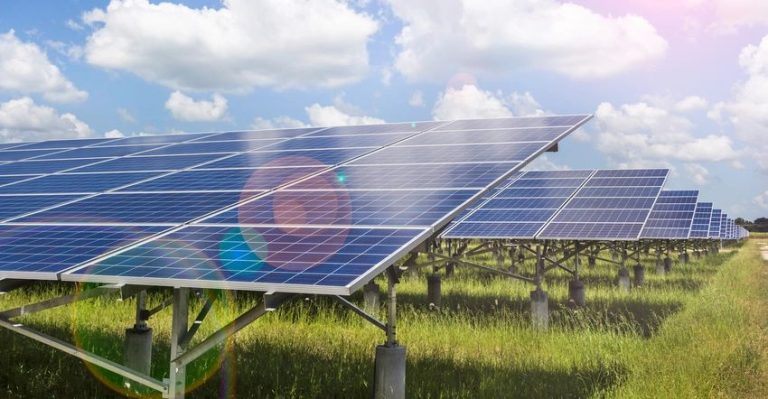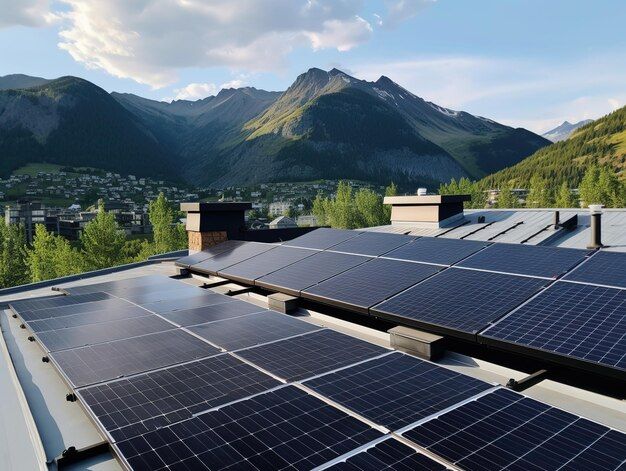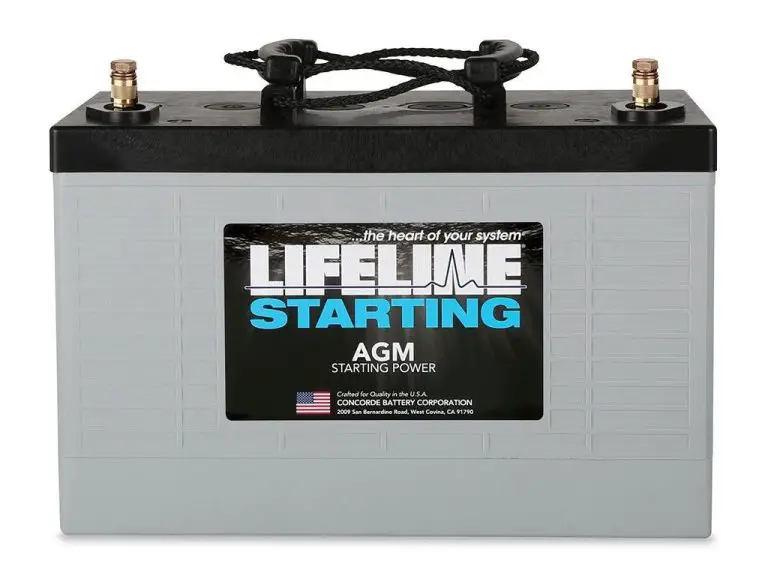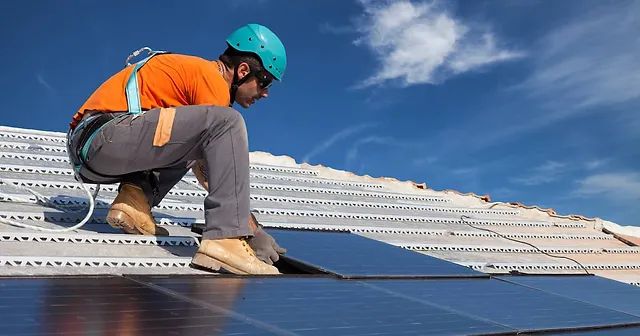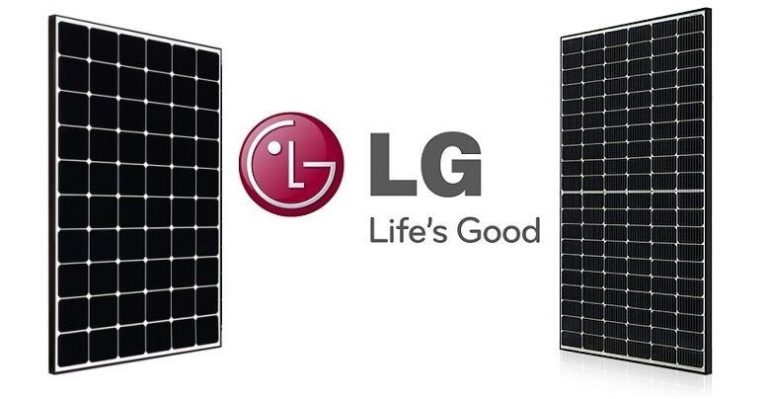Should I Buy Solar In 2023?
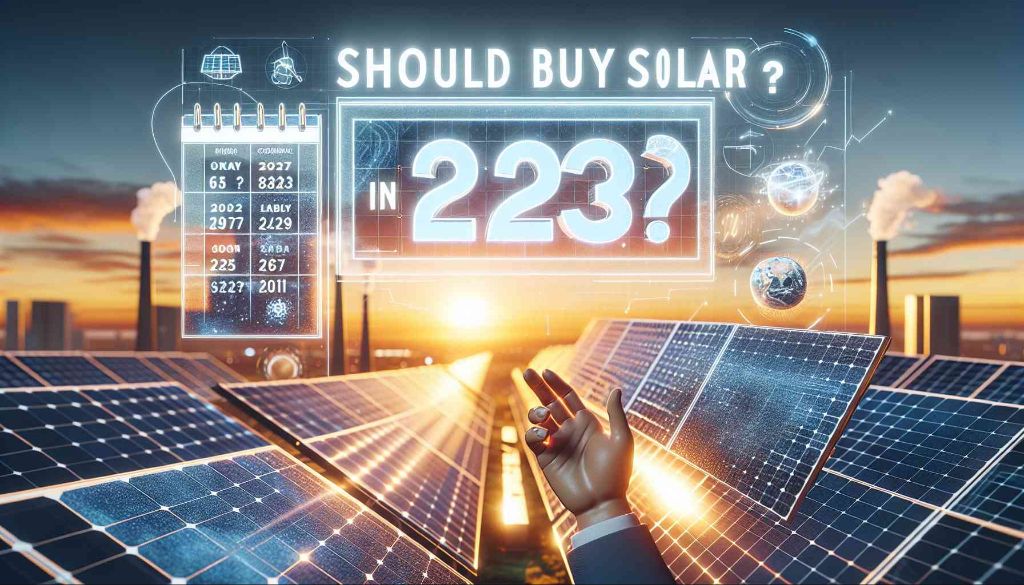
With the rising cost of electricity and concerns over climate change, more homeowners are considering installing solar panels on their roofs. The question of whether to go solar in 2023 is top of mind for many. The solar industry has experienced rapid growth in recent years, with total installed capacity in the U.S. reaching over 121 GW in 2021, up from just 1.2 GW in 2000 (Solar Industry Research Data | SEIA). Projections show continued strong growth ahead. But with the upfront investment required for solar panel systems, it’s not a decision to take lightly. This article provides key information to help homeowners weigh the pros and cons of installing solar power in their homes in 2023.
Overview of Solar Energy
Solar energy works by converting sunlight into electricity through the use of photovoltaic cells or solar thermal collectors. Photovoltaic (PV) cells are made from materials like silicon that absorb photons from sunlight and release electrons, generating an electric current (NationalGrid). This direct current electricity is then converted by an inverter into alternating current that can power homes and businesses.
There are two main types of solar panels used today. Monocrystalline panels are made from a single silicon crystal and have a distinctive black appearance and high efficiency, converting over 20% of sunlight into electricity. Polycrystalline panels are made from fragments of silicon crystals and have a blue-ish color and slightly lower efficiency of 15-18% (Energy.gov).
Both monocrystalline and polycrystalline PV panels generate clean, renewable electricity from the sun to power homes and reduce reliance on fossil fuels. Improvements in solar cell technology and manufacturing have steadily increased solar panel efficiency over time.
Benefits of Going Solar
Installing solar panels on your home comes with numerous benefits that make it an attractive investment for the future. Some of the main benefits of going solar include:
Reducing Electricity Bills
One of the biggest perks of installing solar panels is reducing your dependence on the grid and lowering your electricity bills. Solar panels can generate a significant portion of a household’s electricity needs, reducing the amount of electricity you need to purchase from the utility company. According to the U.S. Department of Energy, residential solar installations can cut electricity bills by 50% to 90% (source). The more solar energy you generate, the greater your bill savings will be.
Energy Independence and Security
Going solar also provides energy independence and security. With your own solar energy system, you don’t have to worry about fluctuating energy prices or power outages. Solar panels will continue producing electricity during grid failures. Having your own supply of electricity gives you control over your energy costs rather than relying solely on the utility.
Environmental Benefits
In addition to financial benefits, solar energy has significant environmental advantages. Solar power generates clean, renewable electricity without carbon emissions that contribute to climate change and pollution. The U.S. Department of Energy states that each kilowatt-hour of solar energy offsets up to one pound of CO2 emissions (source). Going solar is an impactful way to reduce your carbon footprint.
Costs of Solar Installation
The average cost of installing a residential solar system in 2022 ranged from $18,000-$36,000 according to Nerdwallet. This can vary based on system size, location, incentives, and installer. As of the end of 2022, the average cost per watt for solar panels and installation was between $2.50 to $5 before any incentives are applied according to Consumer Affairs.
Adding solar panels can increase a home’s value. Homes with solar PV systems have been shown to sell for around 4.1% more on average compared to similar non-solar homes according to a Lawrence Berkeley National Laboratory study. The increased home value depends on factors like your local housing market and the size of the solar system.
Solar Panel Efficiency
Typical efficiency for solar panels today ranges from 15-22%. According to Energysage (https://www.energysage.com/solar/solar-panel-efficiency-cost-over-time/), monocrystalline silicon panels have a typical efficiency above 20%, while polycrystalline silicon panels are typically below 20%. Recent improvements in solar technology and manufacturing have steadily increased efficiency over time.
For example, according to EcoWatch (https://www.ecowatch.com/solar/solar-panel-efficiency-over-time), solar panel efficiency improved from 15% to over 22% between 2004 and 2021. The article cites innovative technologies like Passivated Emitter Rear Cell (PERC) that help reflect sunlight back onto panels, increasing efficiency. MarketWatch (https://www.marketwatch.com/guides/solar/solar-panel-efficiency/) also notes that ongoing R&D continues to push the boundaries of solar efficiency, with lab prototypes reaching over 40% efficiency.
So while typical consumer panels may still be in the 15-22% efficiency range, continued innovation means we can expect ongoing gradual improvements in commercial solar panel efficiency over time.
Solar Incentives and Rebates
There are several financial incentives available to homeowners who install solar panels, both at the federal and state levels. The most significant federal incentive is the solar Investment Tax Credit (ITC). The ITC allows homeowners to deduct 26% of the cost of installing a solar energy system from their federal taxes for systems installed in 2023. This credit will step down to 22% for systems installed in 2024 and beyond.
Many states also offer additional rebates and incentives beyond the federal ITC to encourage solar adoption. According to the Database of State Incentives for Renewables & Efficiency (DSIRE), the states with the strongest solar incentives include California, Massachusetts, Arizona, Nevada, Florida, New Jersey and others.
For example, California offers both state income tax credits and cash rebates through the California Solar Initiative. Massachusetts allows homeowners to deduct up to $1,000 annually from their state income taxes for solar installations. Other states like Arizona and New Jersey have renewable portfolio standards that require utilities to generate a certain percentage of their electricity from solar, creating strong net metering incentives.
Homeowners interested in installing a solar energy system should research both federal and state/local incentives available for their specific location. The incentives can reduce the payback period for a solar installation by multiple years in some cases.
Net Metering
Net metering allows homeowners with solar panels to get credit for excess electricity they send back to the grid. It works by running your electricity meter backwards when your solar system is producing more power than your home is using, effectively banking excess solar power production for later use. This helps offset the cost of installing solar panels.
Net metering policies vary widely by state. As of 2023, 44 states plus Washington D.C. have mandatory net metering rules, while 6 states have voluntary or weak net metering policies. Some of the most favorable policies are in states like California, New York, and Illinois which require net metering, prohibit added fees for solar customers, and compensate excess solar production at the full retail electricity rate. Other states like Alabama, Oklahoma, and South Dakota impose low credit rates, capacity limits, or additional charges on net metered systems [1]. Many utilities are pushing back against net metering, so staying aware of policy changes will be important for homeowners considering solar.
Payback Period
The payback period refers to how long it takes for a solar panel system to pay for itself through energy savings. This is an important consideration when deciding whether to go solar. According to Energybot, the average payback period for home solar panels in the U.S. is about 8 years [1]. However, this can vary significantly based on several factors:
- Amount of electricity usage – Households that consume more energy will recoup their investment faster.
- Cost of the solar system – More expensive systems have longer payback periods.
- Available solar incentives and rebates – These can reduce upfront costs and shorten the payback period. The payback period in states with strong solar incentives like California and New Jersey is around 6 years [2].
- Electricity rates – Areas with high energy prices will see faster payback.
- Solar panel efficiency – More efficient panels produce more energy.
When determining the payback period, homeowners should calculate using current electricity rates and account for expected utility rate increases over the system lifetime. With favorable conditions, solar can pay for itself in under 5 years. But in other cases it may take over 10 years to break even.
Future Outlook
The future continues to look bright for solar energy. According to research from the National Renewable Energy Laboratory (https://www.nrel.gov/news/program/2022/building-a-solar-powered-future.html), solar power generation could grow from 3% of U.S. electricity generation today to 20% by 2050. Key drivers will be continued cost declines as technology improves, along with supportive policies and incentives. The DOE projects the average cost of residential solar to drop from $2.7/watt now to $1/watt by 2030 (https://www.energy.gov/eere/solar/solar-energy-technologies-office).
At the national level, the recent Inflation Reduction Act extended the federal solar investment tax credit at 30% through 2032, providing stability to the industry (https://www.seia.org/research-resources/impacts-inflation-reduction-act-solar-industry). Many states also offer additional rebates and incentives. With continuing cost declines and supportive policies, the EIA projects U.S. solar capacity to more than double from 113 GW in 2021 to 266 GW by 2030 (https://www.eia.gov/outlooks/aeo/pdf/AEO2022_Renewables_Tables.xlsx). This bright outlook means now remains a favorable time for homeowners to go solar.
Conclusion
After analyzing the costs, incentives, payback period, and efficiency of solar panels, what’s the final verdict on installing solar in 2023?
In summary, the key points are:
- Solar installation costs have dropped significantly in recent years, making it more affordable.
- Federal and local incentives can reduce the net cost by 25-50% or more.
- New financing options allow homeowners to go solar with little to no money down.
- Net metering programs credit homeowners at the retail electricity rate.
- Solar panels have become much more efficient with typical payback periods of 4-8 years.
Given the declining costs and advancements in solar technology, 2023 is looking like an excellent year to go solar if you own a home. The payback period is faster than ever before and with the right financing, you can often install panels with no upfront costs. Plus, going solar helps hedge against rising utility rates and generates clean, renewable power. With the economics continuing to become even more favorable over time, 2023 is a great time to start reaping the benefits of solar energy for your home.

